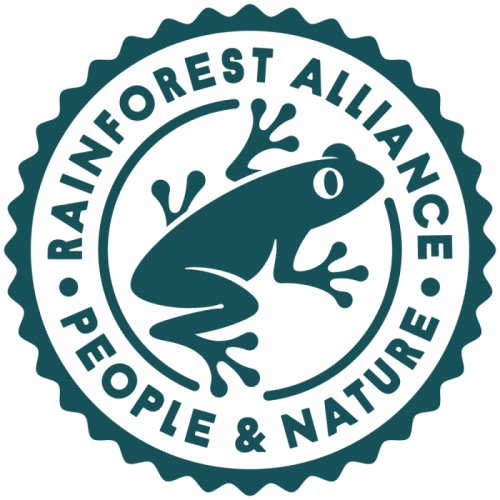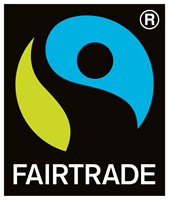Ethical Shopping Conundrums
Fairtrade or Rainforest Alliance? Creation Care Officer Marcus Zipperlen puts them to the test.


Two labels you see in the supermarket on chocolate, coffee, tea, bananas and nuts are the Fairtrade symbol and, increasingly widespread, Rainforest Alliance frog. As a church we are probably more familiar with Fairtrade products, being a Fairtrade province after all. So, what’s the difference between them? Which one should I buy if there’s a choice?
Fairtrade is a scheme that offers farmers a guaranteed minimum price for their harvest to ensure the wellbeing of their communities. There must also be democratic decision-making in the business and no child labour. In addition, farmers are required to improve soil and water quality, avoid harmful chemicals, reduce greenhouse gas emissions and protect biodiversity.
The Rainforest Alliance is a not-for-profit organisation whose principal aim is to preserve biodiversity by requiring producers to protect the environment during farming and distribution. Measures for improving social conditions for workers are also required for accreditation, although there is no guarantee of a minimum price for crops. There is no direct policing of a company’s performance but instead they are required to establish mechanisms for self-policing and enhancing performance. Fairtrade takes a more interventionist line to maintaining standards whereas Rainforest Alliance employs a laissez-faire, market-led approach.
Because both schemes certify many of the same products, which one should we choose? Well, they are both significant players making a positive contribution to caring for creation and looking after people’s livelihoods, so it’s not an either/or choice. They do come from slightly different angles; Fairtrade primarily social sustainability and Rainforest Alliance principally environmental, but their respective standards overlap to a sizeable degree..
For example, Rainforest Alliance allows up to 10% of a product to be from non-certified sources whereas Fairtrade products must be 100% compliant. Without minimum pricing, farmers might be tempted to use child labour, which was recently found at Rainforest Alliance producers in Ghana. It is interesting to note a trend for some larger brands to swap from Fairtrade to Rainforest Alliance or in-house certification, including Cadbury’s in 2016 and KitKat in 2020. You can be sure they haven’t done this to tighten up their social and environmental credentials.
In short , if there’s a choice go Fairtrade, but if that isn’t available then do use Rainforest Alliance as they are encouraging good stewardship, only it’s a little easier for less-than-committed companies to hide behind the frog label than the Fairtrade Farmer.